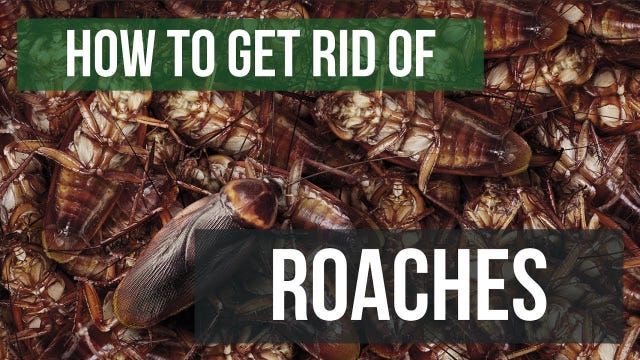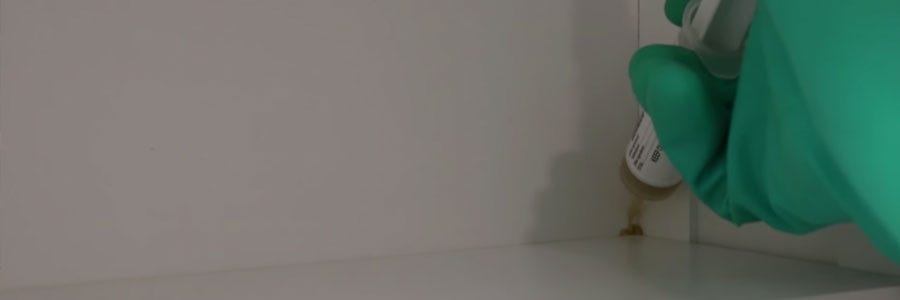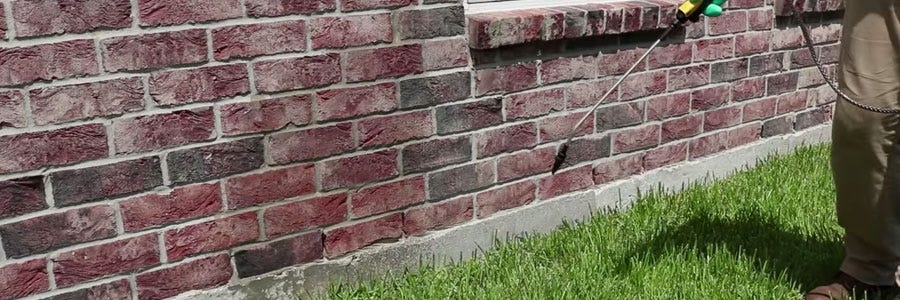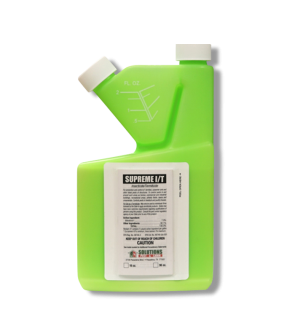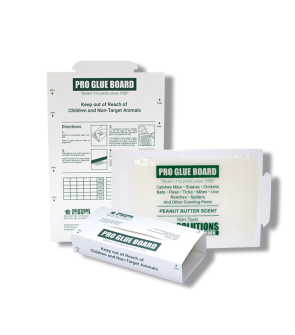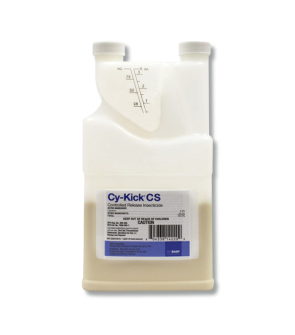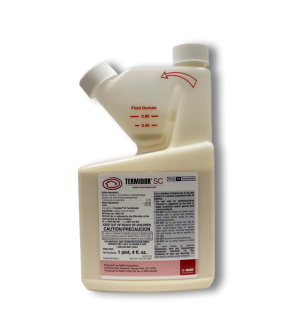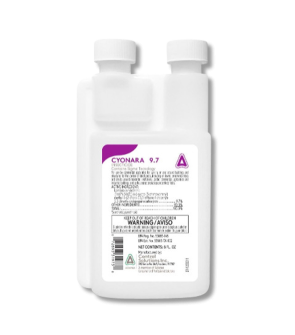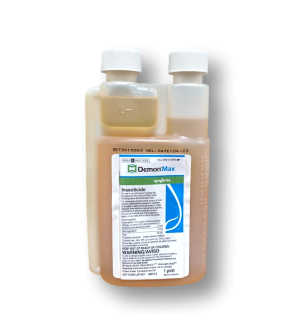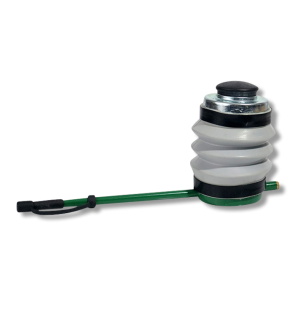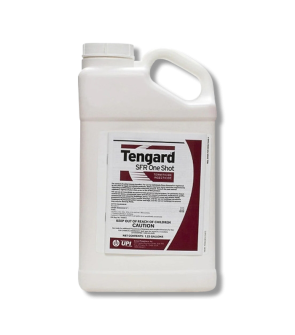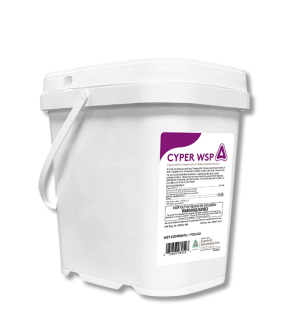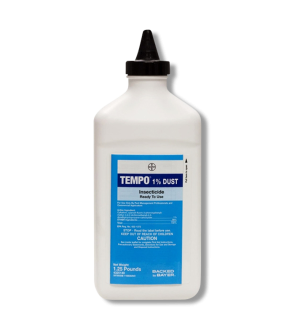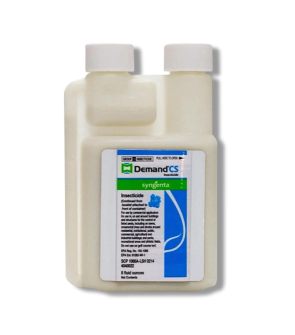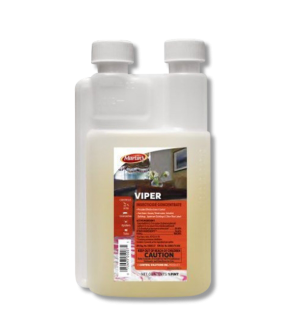Gain access to personalized product screening, the best pricing, rewards, and more!
Most Effective Products
Cockroach Control: How To Get Rid of Roaches
This page is a general roach control guide. Using the suggested products and methods, you can control any roach species. The roach category pages give additional information on the different species. Follow these guides and use the recommended products, and we guarantee 100% control of all roach species.
Cockroaches are among the most frequently encountered pests. Distinguished by their long antennae, oval bodies, and fast movements, They can easily maneuver inside structures and are often found in kitchens and bathrooms.
Cockroach infestations start two ways: They can be brought inside by hitching a ride on grocery items, takeout food, electronics, furniture, luggage, purses, and backpacks, or they can enter a structure from the exterior, looking for hospitable conditions, especially during cold weather.
Cockroaches are responsible for spreading dangerous diseases such as diarrhea, cholera, or dysentery, and their droppings and exoskeletons can trigger asthma and allergies. Infestations in kitchens can contaminate food, counters, and dishes and are a significant problem.
If you are frustrated by cockroaches invading your property, our DIY guide covers everything you need to know about them and how to eradicate them using professional-grade products and expert techniques.
Identification

Before you can carry out a treatment program, you must be sure you are dealing with cockroaches. Misidentification can lead to using the wrong treatment methods, costing you time and money. Below, we have shared some distinguishing traits so you know what cockroaches look like for easy identification.
- About 5,000 species of cockroaches have been discovered around the world. Of that large number, only about 25 species are common pests that can invade human structures. While you can identify cockroaches by their long antennae and their six spiky legs, they have varying sizes and characteristics. It is easier to identify roaches by their infestation location and coloring.
- Indoors, you are most likely dealing with German Cockroaches. They are small, light brown, with two black stripes on their head, and you will see many of them at night. Occasional large roaches (1 inch long or more), such as the American Cockroach or Smokybrown Cockroach, can be found indoors but not in large numbers.
- Outdoors, you can find all roach species except German, with the most common being American, Smokybrown, and Brown-banded Cockroaches. These cockroaches can infest trees, sewers, sheds, or bushes and are light to dark brown in color. If you are dealing with shiny black-colored roaches in your flowerbeds, they are Oriental roaches. If they are in rotting wood or other fungi, then they are Asian roaches.
Use the image and description above to help you identify cockroaches on your property. If you cannot determine the exact species of roach you are dealing with, our experts can help you by phone or via live chat. No matter the species, this general guide will help you to treat both indoor and outdoor roach issues.
Inspection
Once you have determined that you are dealing with cockroaches, you can proceed with the inspection. During this phase, you will gauge the severity of the infestation and locate areas of roach activity and potential entry points. Remember that most cockroaches are nocturnal, so it is best to inspect at night.
Where to Inspect
Indoors, you should look for roaches in the kitchen, pantry, bathroom, or attic. Make sure to look in cabinets, drawers, and shelves, around plumbing fixtures and appliances, and near vents.
Roaches can be found outdoors in trees, flowerbeds, tool sheds, yard debris, leaf litter, mulch, and around sewers or manholes. You will also want to inspect the exterior perimeter of your structure for points of entry, such as holes and cracks around the foundation, doors, windows, eaves/soffits, and plumbing/electrical penetrations.
What to Look For
Indoors, look for areas of high roach activity or signs of roaches, such as smears, egg casings, and droppings that look like black pepper and have a distinct odor. Outdoors, look for roach activity or conducive conditions that could harbor roaches. If you locate active roaches, concentrate your treatment there.
Treatment
Once you confirm roach activity,, it is time to begin treatment. Remember to read all the labels on the products, follow the application instructions, and stay safe by wearing proper personal protective equipment (PPE).
Our experts recommend treating indoors with Apex Cockroach Gel Bait and Novacide Aerosol. Apex will address the adult cockroach population, while the Novacide will kill both adults and contains an IGR (insect growth regulator) that will disrupt the infestation's reproductive cycle. Hence, no further generations will develop on the property.
Step 1: Preliminary Clean Up and Exclusions
Sanitation is the important first step in getting rid of roaches. Roach-killing products will be rendered ineffective or minimally effective if this is not done prior to treatment. Perform a thorough cleansing of your home, especially in your kitchen.
Wipe up and eliminate food particles, grease, and water that roaches like to feed on. Clean behind and under appliances and declutter your home as much as you can. Do not leave dirty dishes in the sink overnight. Ensure all dishes are washed, dried, and put away, and the sinks are empty and dry.
You should also take the time to seal off as many cracks and crevices as you can with caulk and a caulking gun. This will reduce the ample hiding places that Cockroaches use to stay out of sight.
Step 2: Baiting with Apex Cockroach Gel Bait
Apex Cockroach Gel Bait is an attractive and lethal bait that cockroach cannot resist eating. It contains food-grade attractants and a slow-killing active ingredient called Imidacloprid. Roaches will eat the bait and bring it back to the nest to kill the population via bait transfer. Cockroaches that do not eat the bait directly will eat the feces of poisoned cockroaches or the dead bodies of fallen cockroaches who ate the bait and will become poisoned as well.
Apply pea-sized drops of the gel bait every 12 to 18 inches apart in the corners of cabinets, shelves, drawers, cracks and crevices, and plumbing entry points (toilets, under sinks). In the kitchen, apply under and behind appliances that produce heat and moisture (microwave, coffee maker, etc.).
We recommend placing drops on wax paper, index cards, or cardboard so that they can be slipped underneath appliances and other hard-to-reach spots. Make sure to place bait where kids and pets will not get into it.
Step 3: Apply Novacide Aerosol
Novacide Aerosol is a residual spray that can be applied to floor surfaces and baseboards. It will kill adult cockroaches with contact and also contains an insect growth regulator (IGR). An IGR interferes with roaches' life cycle and reproductive abilities. It disturbs the egg-laying of adult roaches and prevents egg-hatching and earlier stages of roaches from growing into adults.
After you have baited, apply Novacide to your home to attack cockroaches and hinder their reproductive cycle. You will want to spray all flooring surfaces with Novacide. To apply, hold the can upside down 36" inches off the floor and spray in a sweeping motion at the rate of 100 square feet in 10 seconds.
Focus your sprayings on baseboards, tile, flooring, and carpeting. You can even apply the Novacide on furniture. Let the treated area ventilate, and keep people and pets away from the treated area until the area is dry and aired out.
Step 4: Apply D-Fender Dust to Crevices and Voids
While Apex and Novacide together can kill a large segment of the cockroach infestation, there may be cockroaches hiding in voids and crevices that these pesticides cannot reach. This is where D-Fender Dust can be useful, as it can penetrate the tightest of spaces where roaches hide to kill them.
D-Fender Dust is a pesticide in powder form. It is a synthetic pyrethroid that affects the nervous system of cockroaches. Using a duster, the dust can be puffed into wall voids, behind electrical outlets, and under appliances like the stove and refrigerator. It has a long-term residual, remaining effective long after application as long as the product doesn't get wet.
Use D-Fender with a pesticide duster for more precision in your application. Fill the duster with 0.5 lb of dust to cover 1,000 sq. ft. and then apply it in crevices, behind appliances, behind electrical outlets by opening up the faceplates, and other areas where roaches may be hiding.
Step 5: Outdoor Treatment with Supreme IT Insecticide
In this step, you will protect the outside perimeter of your home and prevent roaches from entering the structure. Roaches will constantly be in your environment, and if you do not take preventative measures, they will enter at some point in the future.
We recommend spraying Supreme IT Insecticide. This insecticide concentrate contains the active ingredient Bifenthrin and is an excellent killer and repellent. It can remain effective for up to 90 days where applied.
Mix 1 oz. of Supreme IT per gallon of water in a pump sprayer and apply the solution along the foundation of your structure. This application rate will treat 1,000 square feet. You’ll want to spray three feet up the walls, three feet out from the foundation, and around windows, doors, eaves, and plumbing/electrical penetrations.
Keep people and pets away from sprayed areas until the spray completely dries.
Prevention
While using the products and techniques suggested will kill cockroaches, you must be diligent about implementing preventative measures so you do not have cockroach trouble in the future. Here are some preventative tasks to make a routine to keep cockroaches from re-establishing.
- Start by keeping a regular cleaning schedule before bedtime, eliminating food and water sources, especially in your kitchen.
- Ensure no food particles, grease, or water are readily available to roaches. Also, empty out pet food every night, and don’t leave dirty dishes in the sink. Move appliances and clean in places that you don’t clean regularly.
- Seal any cracks and crevices that may serve as points of entry for roaches into your home. Use caulk or sealant to seal all openings inside and outside your home. Areas can include cracks around the foundation, doors, windows, eaves/soffits, and plumbing/electrical penetrations.
- Finally, make sure you reapply a preventative insecticide regularly. Spaying Novacide every 6 months indoors and applying Supreme IT every 90 days outdoors will prevent further cockroach issues.
Key Takeaways
What are Cockroaches?
- Cockroaches are one of the most common pest control issues homeowners and businesses face.
How To Get Rid of Cockroaches
- Cockroach control involves a multi-pronged approach using Apex Cockroach Gel Bait, Novacide Aerosol, D-Fender Dust, and Supreme IT Insecticide.
Preventing Cockroach Reinfestation
- To prevent future cockroach infestations, eliminate conducive conditions such as water, grease, crumbs, and entry points. Applying residual insecticides at regular intervals can also prevent re-infestation.






